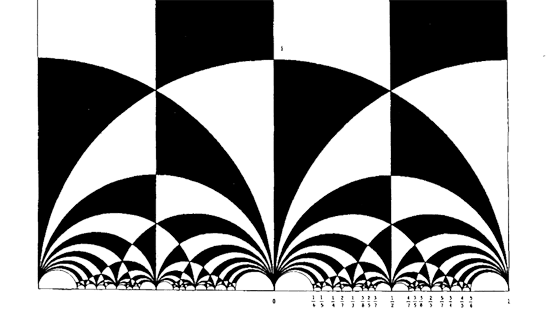On page 227 of Symmetry and the Monster, Mark Ronan tells the story of Conway and Norton computing the number of independent _mini j-functions_ (McKay-Thompson series) arising from the Moonshine module. There are 194 distinct characters of the monster (btw. see the background picture for the first page of the character table as given in the Atlas), but some of them give the same series reducing the number of series to 171. But, these are not all linearly independent. Mark Ronan writes :
“Conway recalls that, ‘As we went down into the 160s, I said let’s guess what number we will reach.’ They guessed it would be 163 – which has a very special property in number theory – and it was!
There is no explanation for this. We don’t know whether it is merely a coincidence, or something more. The special property of 163 in number theory has intruiging consequences, among which is the fact that
$e^{\pi \sqrt{163}} = 262537412640768743.99999999999925… $
is very close to being a whole number.”
